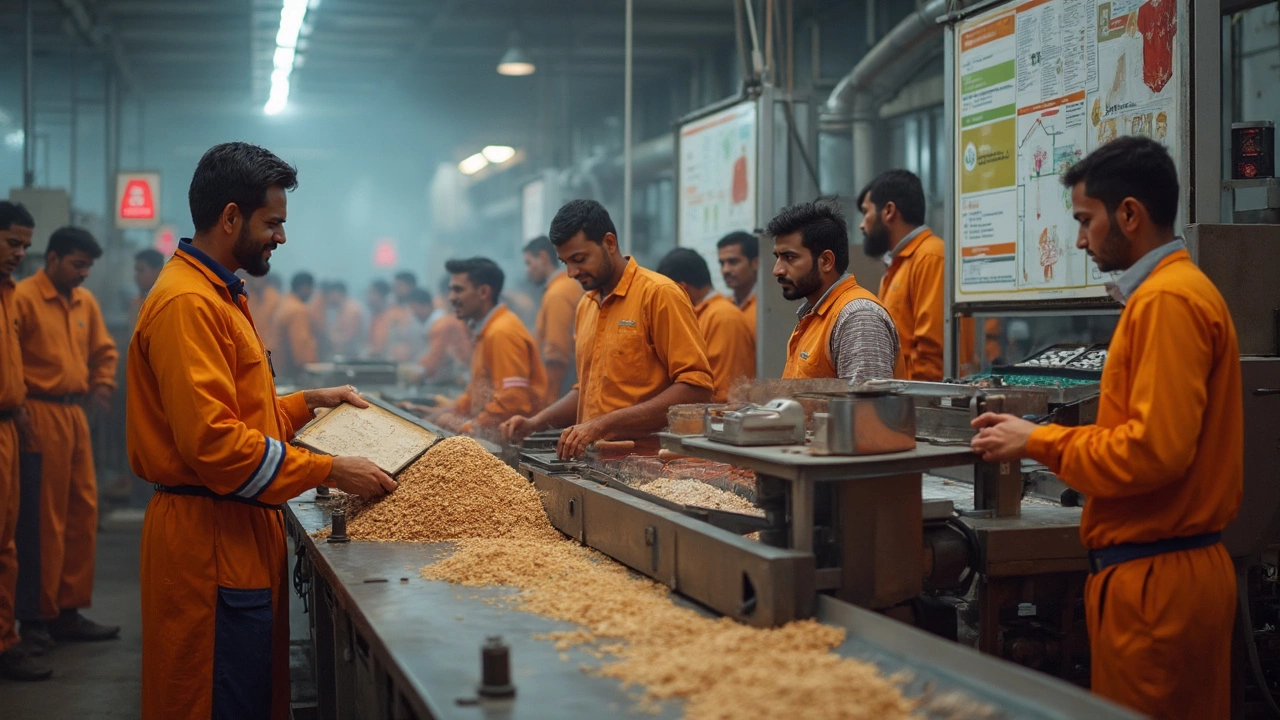What Are the 5 M's of Manufacturing and Why They Matter
If you work on a shop floor, you’ve probably heard the phrase "5 M's of manufacturing" tossed around. It’s not a fancy buzzword; it’s a practical way to look at the five key factors that keep a factory running smoothly. Understanding each "M" helps you spot problems faster, make smarter decisions, and improve overall output.
Man: Your People Are the Engine
People are the heart of any operation. Skilled operators, motivated supervisors, and clear communication make every other "M" work better. Start by checking if workers have the right training and if safety standards are enforced. When you notice high turnover or frequent mistakes, it’s a signal to invest in up‑skilling or redesigning shifts. Simple actions like a quick daily huddle or a suggestion board can boost morale and catch issues before they snowball.
Machine: Keep the Equipment Healthy
Machines are the muscles. Regular maintenance is a must—no one wants a surprise breakdown during a rush order. Use a basic preventive‑maintenance schedule: lubricate moving parts, replace worn belts, and calibrate sensors monthly. Tracking downtime with a spreadsheet or a low‑cost software lets you compare actual performance against the machine’s specs. If a machine consistently runs slower than expected, it might need an upgrade or a redesign of the workflow around it.
Material: Quality Inputs Lead to Quality Outputs
Raw material quality directly impacts the finished product. Set clear specifications with suppliers and perform incoming inspections for key attributes like size, composition, and surface finish. If you see a spike in rejects, trace it back to the last material receipt batch. Implementing a simple kanban system can help keep inventory levels low while ensuring you never run out of the right parts.
Method: Standardize to Reduce Waste
Method is the set of procedures workers follow. Document every step in a clear, visual work instruction—think picture‑based SOPs posted at each workstation. When you notice variation in cycle time, review the method for hidden steps or unnecessary movements. Applying lean tools like 5S (Sort, Set in order, Shine, Standardize, Sustain) can make the workspace more organized and the process faster.
Money: Keep an Eye on Costs and Returns
Money ties all the other M’s together. Track the cost of labor, machine depreciation, material waste, and process inefficiencies. Simple metrics like cost per unit or overall equipment effectiveness (OEE) give you a quick health check. If a particular product line shows a low profit margin, drill down into the M’s to see where the leak is—maybe a material scrap rate is too high or a machine is underutilized.
Putting the 5 M's into Practice
Start small. Pick one "M" that’s causing the most trouble this month—maybe frequent machine stops. Run a quick root‑cause analysis, fix the issue, and watch the ripple effect on the other M’s. Celebrate the win with the team and move on to the next factor. Over time, you’ll build a culture where every employee checks the 5 M’s as part of their daily routine, leading to smoother runs, lower costs, and happier customers.

5 M's of Manufacturing: Core Pillars That Power Production
This article breaks down the 5 M's of manufacturing—Man, Machine, Material, Method, and Measurement—and explains their real-life impact on production, especially in the context of government-backed schemes. Get clear tips on how each M shapes manufacturing success and why they matter for both big factories and small units. Learn how these five elements are used to spot problems and boost efficiency. If you're trying to understand how production works or how to tap into government schemes, this guide gives you the building blocks you need. Spot common pitfalls and discover smart ways to keep your manufacturing process running smoothly.
